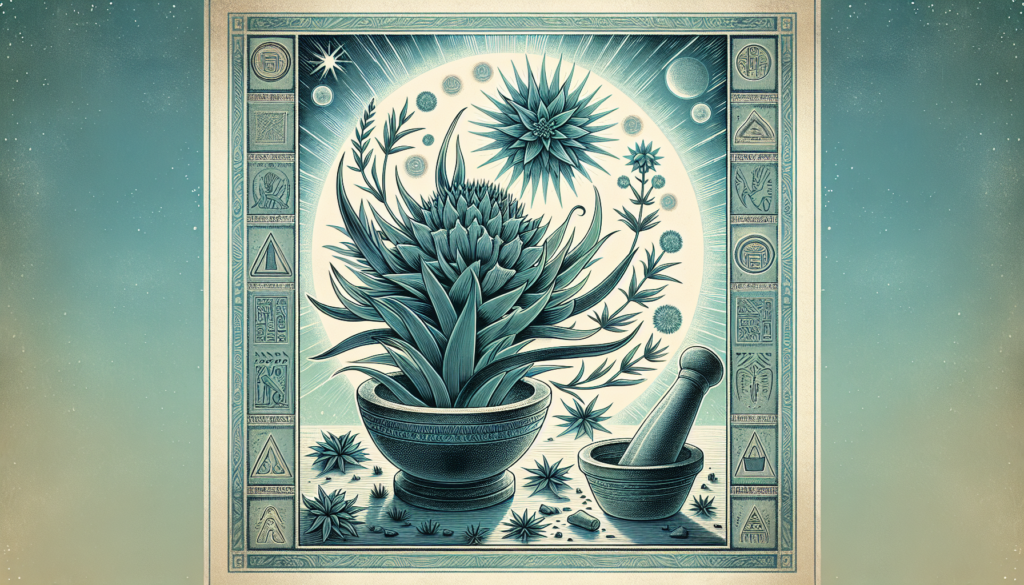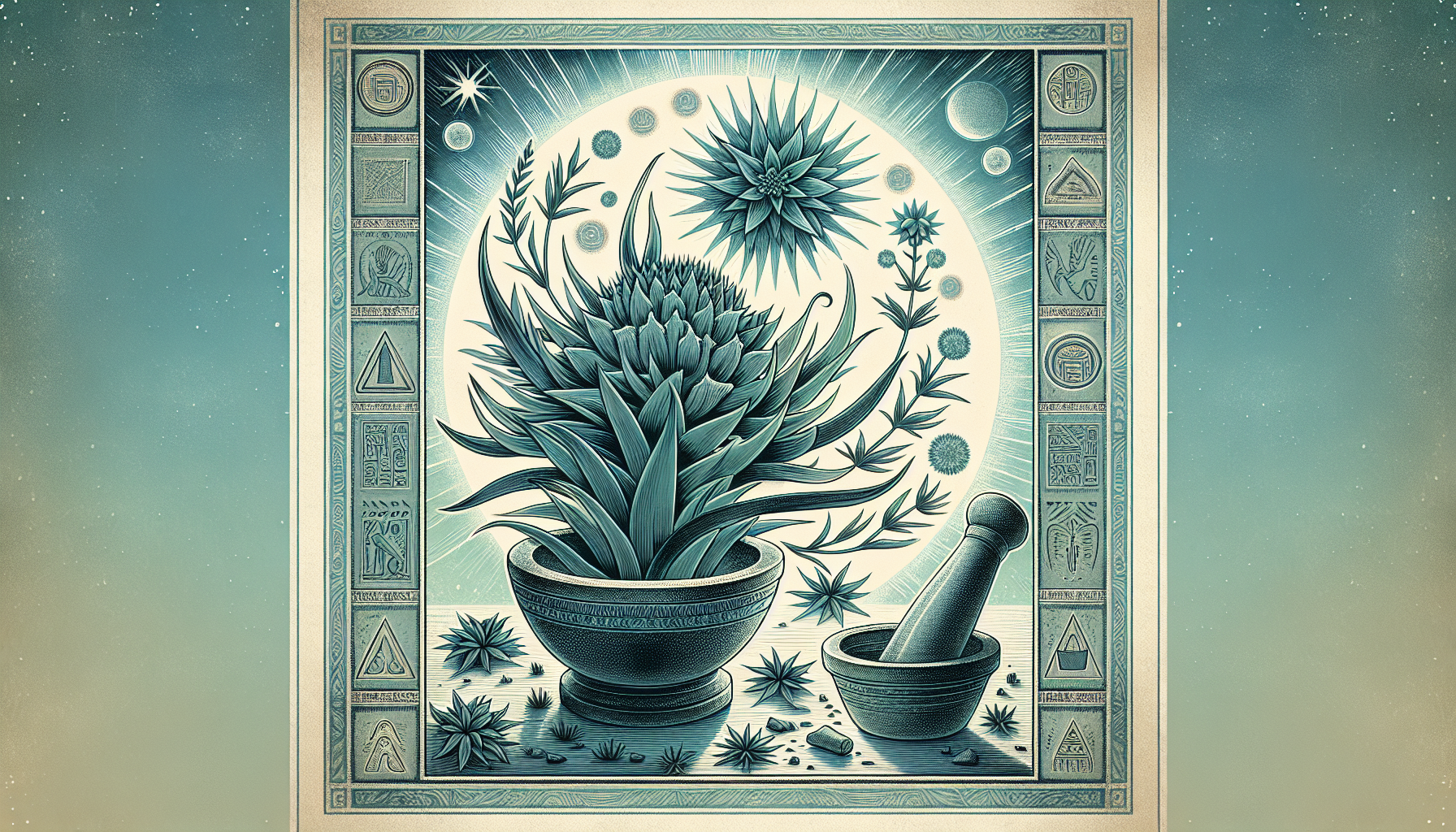Have you ever wondered about the fascinating effects of Sceletium tortuosum? This remarkable plant, also known as Kanna, holds a treasure trove of benefits waiting to be uncovered. From its mood-enhancing properties to its potential role in reducing stress and anxiety, Sceletium tortuosum offers a natural remedy that has captivated the attention of scientists and wellness enthusiasts alike. In this article, we will explore the various ways this incredible plant can positively impact your well-being, inviting you to discover the power of Sceletium tortuosum for yourself.

Overview
What is Sceletium Tortuosum?
Sceletium tortuosum, also known as Kanna, is a traditional medicinal herb native to South Africa. It has been used for centuries by indigenous tribes for its medicinal and mood-enhancing properties. Sceletium tortuosum belongs to the Mesembryanthemaceae family and is known for its succulent leaves and beautiful yellow flowers.
Historical Use of Sceletium Tortuosum
The historical use of Sceletium tortuosum dates back to ancient times. Indigenous tribes in Southern Africa have utilized this plant for its various medicinal properties. It was often used as a mood enhancer, relieving stress and anxiety while promoting relaxation. In addition to its mood-enhancing effects, Sceletium tortuosum was also used to enhance cognitive function and aid in sleep.
Active Components
Mesembrine
One of the primary active components found in Sceletium tortuosum is mesembrine. Mesembrine is a selective serotonin reuptake inhibitor (SSRI), meaning it helps increase the levels of serotonin in the brain. This is thought to contribute to its mood-enhancing and anxiety-relieving effects.
Mesembrenone
Another important compound found in Sceletium tortuosum is mesembrenone. Mesembrenone also acts as a serotonin reuptake inhibitor, contributing to its antidepressant effects. It is known to have a calming effect on the central nervous system, helping to reduce stress and anxiety.
Tortuosamine
Tortuosamine is another active component found in Sceletium tortuosum. It is a weak dopamine reuptake inhibitor and is believed to play a role in the plant’s mood-enhancing properties. By inhibiting the reuptake of dopamine, tortuosamine helps increase the levels of this neurotransmitter in the brain, leading to feelings of pleasure and well-being.
Others
Sceletium tortuosum contains several other alkaloids and compounds, although their specific effects and mechanisms of action are still being studied. These include mesembrenol, mesembrenoxyls, and mesembrenol derivatives.
Traditional Uses
Anxiety and Stress Relief
One of the primary traditional uses of Sceletium tortuosum is as an anxiety and stress reliever. Indigenous tribes used it to calm the mind, ease tension, and promote a sense of well-being. Its ability to reduce anxiety is believed to be due to its interaction with serotonin receptors in the brain, which helps regulate mood and emotions.
Mood Enhancement
Sceletium tortuosum has long been used to enhance mood and uplift the spirits. It is known to promote feelings of happiness, contentment, and relaxation. By increasing serotonin levels in the brain, the plant helps regulate and improve mood, making it an effective natural mood enhancer.
Cognitive Enhancement
In addition to its mood-enhancing effects, Sceletium tortuosum has also been traditionally used to improve cognitive function. It is believed to have an impact on memory, concentration, and overall cognitive performance. By modulating various neurotransmitters in the brain, Sceletium tortuosum may help improve focus and mental clarity.
Sleep Aid
Sceletium tortuosum has been historically used as a natural sleep aid. Its relaxing and calming properties help promote better sleep quality and ease insomnia. By reducing anxiety and stress, it helps create a more conducive environment for restful sleep.
Scientific Research
Antidepressant Effects
Scientific research has supported the traditional use of Sceletium tortuosum as an antidepressant. The active compounds in the plant, such as mesembrine and mesembrenone, have been found to have antidepressant properties. These compounds inhibit the reuptake of serotonin, leading to increased serotonin levels in the brain and improving mood.
Anxiolytic (Anti-Anxiety) Effects
Sceletium tortuosum has also been studied for its anxiolytic effects. Research has shown that the plant can reduce anxiety levels and promote a sense of calmness. Its action on serotonin receptors in the brain helps regulate anxiety and promote relaxation without causing sedation or drowsiness.
Neuroprotective Effects
Studies have suggested that Sceletium tortuosum may have neuroprotective effects. It has been shown to protect against oxidative stress and reduce inflammation in the brain, potentially benefiting conditions such as Alzheimer’s disease and Parkinson’s disease. Further research is needed to fully understand the mechanisms behind these neuroprotective effects.
Anti-Inflammatory Effects
Sceletium tortuosum has demonstrated anti-inflammatory properties in several studies. It has been shown to inhibit the release of pro-inflammatory cytokines and reduce inflammation in various cellular models. These anti-inflammatory effects may contribute to the plant’s overall health benefits, particularly in conditions associated with chronic inflammation.
Pharmacology
Serotonin Reuptake Inhibition
One of the primary pharmacological actions of Sceletium tortuosum is the inhibition of serotonin reuptake. This mechanism increases serotonin levels in the brain, leading to improved mood and reduced anxiety. The selective serotonin reuptake inhibition helps regulate the balance of neurotransmitters, influencing mood, and emotions.
PDE4 Inhibition
Sceletium tortuosum has been found to inhibit phosphodiesterase 4 (PDE4) enzyme activity. PDE4 is involved in the degradation of cyclic adenosine monophosphate (cAMP), an important signaling molecule in the brain. By inhibiting PDE4, Sceletium tortuosum helps increase cAMP levels, which can have positive effects on mood, cognition, and memory.
GABAergic Activity
Sceletium tortuosum has been shown to have GABAergic activity, meaning it interacts with gamma-aminobutyric acid (GABA) receptors in the brain. GABA is an inhibitory neurotransmitter that helps regulate anxiety and promotes relaxation. By modulating GABA receptors, Sceletium tortuosum helps reduce anxiety and induce a sense of calmness.
SERT and NET Modulation
Sceletium tortuosum affects the serotonin transporter (SERT) and norepinephrine transporter (NET) in the brain. By modulating these transporters, Sceletium tortuosum helps regulate the reuptake of serotonin and norepinephrine, leading to increased levels of these neurotransmitters. This modulation contributes to its mood-enhancing and stress-relieving effects.
Safety and Side Effects
Limited Research on Long-Term Use
Although Sceletium tortuosum has a long history of traditional use, there is limited scientific research available on its long-term use. It is generally well-tolerated when used in recommended dosages, but more studies are needed to fully understand its long-term effects and potential risks.
Potential Interactions
As with any herbal supplement, it is important to consider potential interactions with other medications or supplements. Sceletium tortuosum may interact with certain medications, particularly those that interact with serotonin levels in the brain. It is advisable to consult with a healthcare professional before combining Sceletium tortuosum with any other medications or supplements.
Pregnancy and Breastfeeding
There is currently limited research available on the use of Sceletium tortuosum during pregnancy and breastfeeding. As a precautionary measure, it is generally advised to avoid using Sceletium tortuosum during these periods to ensure the safety of both the mother and the baby. It is always recommended to consult with a healthcare professional for personalized advice.
Common Side Effects
When used in appropriate dosages, Sceletium tortuosum is generally considered safe and well-tolerated. However, some individuals may experience mild side effects such as dizziness, nausea, or headaches. These side effects are typically temporary and subside with continued use or by adjusting the dosage.
Forms of Sceletium Tortuosum
Dried Leaves and Powder
Sceletium tortuosum is commonly available in the form of dried leaves and powder. The dried leaves can be brewed into a tea or crushed into a fine powder for various preparations. This form allows for easy consumption and can be added to drinks or incorporated into herbal remedies.
Capsules and Tablets
For those who prefer a more convenient option, Sceletium tortuosum is available in the form of capsules and tablets. These pre-dosed forms offer a standardized dosage and are easily taken with water. Capsules and tablets are a popular choice for individuals seeking a precise and convenient way to incorporate Sceletium tortuosum into their routine.
Tinctures and Extracts
Tinctures and extracts of Sceletium tortuosum are concentrated forms that provide a potent dose of the active compounds found in the plant. These forms are typically consumed orally and can be mixed with water or other liquids. Tinctures and extracts offer a fast-acting and convenient way to experience the benefits of Sceletium tortuosum.
Usage and Dosage
Traditional Dosages
Traditional dosages of Sceletium tortuosum varied among different indigenous tribes and cultures. Typical dosages included chewing the dried leaves or brewing tea using the dried leaves. These traditional methods allowed for personalized dosing based on individual needs.
Contemporary Dosages
Contemporary dosages of Sceletium tortuosum are typically standardized for consistency and ease of use. Common dosages range from 50-150mg of a standardized extract or 500-1000mg of a dried powder. It is important to start with a lower dosage and gradually increase as needed, taking into consideration individual tolerance and response.
Methods of Administration
Sceletium tortuosum can be consumed in various ways depending on the preferred form. Dried leaves and powder can be brewed into a tea, capsules and tablets are taken orally with water, and tinctures and extracts can be mixed with liquids for easy ingestion. Choosing the most suitable method of administration depends on personal preference and desired effects.
Legal Status
South Africa – Indigenous Rights
In South Africa, Sceletium tortuosum is an indigenous plant that holds cultural significance. The South African government has recognized the importance of protecting indigenous rights and traditional knowledge surrounding Sceletium tortuosum. It is legal to cultivate, process, and use Sceletium tortuosum within certain regulations and guidelines.
International Regulations
The legal status of Sceletium tortuosum varies in different countries. It is important to research and understand the regulations and restrictions surrounding its use and importation in individual jurisdictions. In some countries, Sceletium tortuosum is classified as a dietary supplement, while in others, it may be subject to specific regulations or restrictions.
Conclusion
Sceletium tortuosum, with its rich history of traditional use and emerging scientific research, offers promising potential as a natural mood enhancer, stress reliever, and cognitive aid. Its active components, such as mesembrine and mesembrenone, interact with various neurotransmitters in the brain, contributing to its pharmacological effects. While generally safe and well-tolerated, it is important to use Sceletium tortuosum responsibly and consult with a healthcare professional for personalized advice. As research continues to unfold, Sceletium tortuosum may offer new avenues for supporting mental well-being and overall health.



